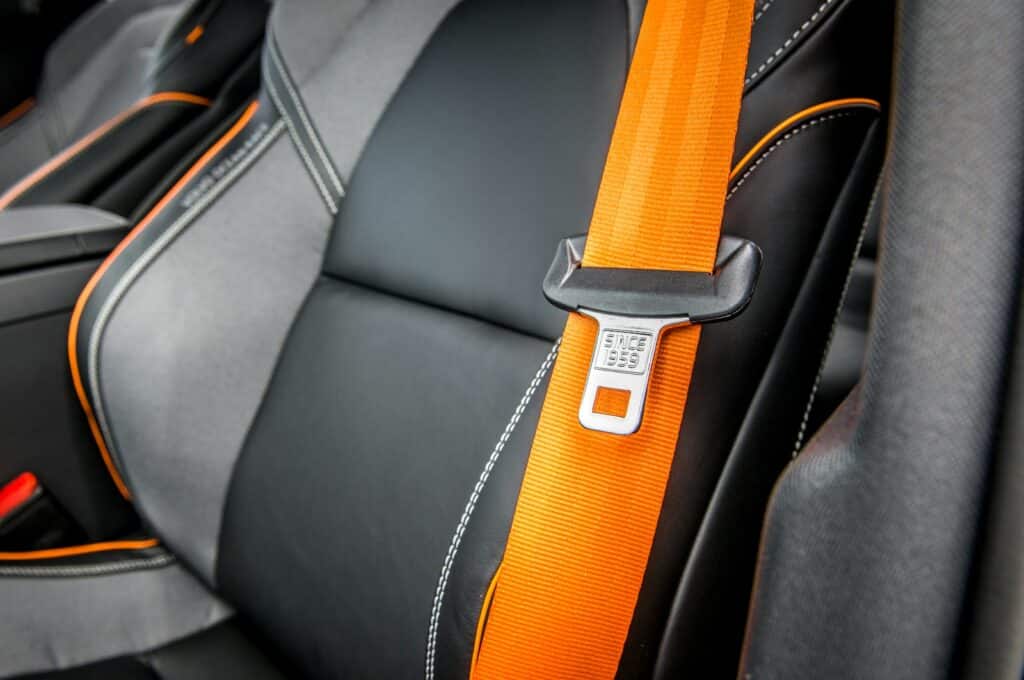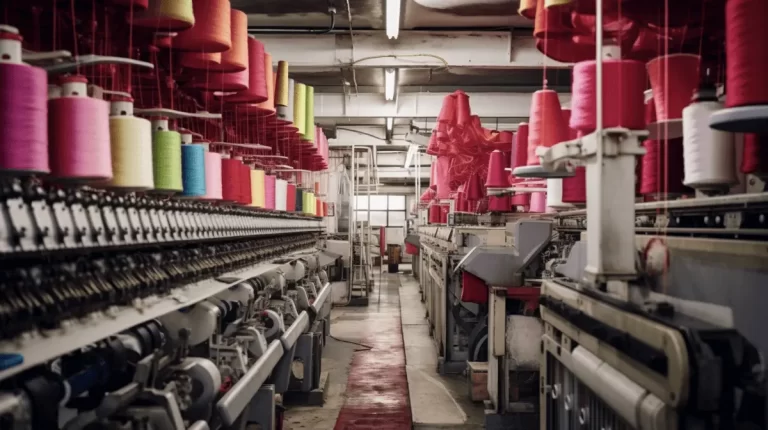Artificial Intelligence (AI) enhances the seat belt quality inspection process by utilizing advanced algorithms to detect defects in fabric weaves and stitching. Systems like EasyODM apply precise, automated techniques to identify irregularities such as frays, cuts, and inconsistent stitching patterns, essential for ensuring passenger safety.
By automating anomaly detection, AI solutions offer improved accuracy, efficiency, and reliability over traditional manual inspections. This integration not only enhances the structural integrity of seat belts but also reduces potential recalls and manual labor costs.
Further exploration reveals how these technological advancements contribute to evolving industry safety standards.
Understanding Seat Belt Fabric
Seat belt material, mainly made up of tightly woven polyester, plays a crucial role in vehicular safety systems by providing the necessary tensile strength and durability.
The material composition, utilizing synthetic polyester fibers, is selected for its superior resistance to abrasion and environmental degradation, key attributes in maintaining long-term functionality and safety.
Weaving techniques are critical; the plain weave pattern commonly used in seat belt production offers a balanced structure, guaranteeing uniform distribution of force during impact.
Durability factors are essential, with the material’s ability to withstand high tensile loads and resist fraying under continuous stress being of utmost importance.
These characteristics collectively ensure that the seat belt can reliably perform its safety function throughout the vehicle’s lifespan.
Common Defects in seat belt fabric
Understanding the resilient properties and weaving techniques of seat belt material sets the stage for identifying common defects that can occur during fabric production.
In the domain of quality control, detecting irregularities early in the manufacturing process is critical.
Defect identification typically focuses on issues like misaligned fibers, uneven tension in the weave, and inconsistencies in thickness or width.
Detecting imperfections also includes examining the uniformity and quality of color, which, though less vital to functionality, can indicate underlying issues in material processing.
These anomalies can compromise the structural integrity and functionality of the seat belt, posing safety risks.
A meticulous examination of the woven fabric is essential, as even minor deviations from the standard can lead to significant consequences.
Thus, a robust system for detecting and addressing these defects is essential for maintaining the high standards required in seat belt production.
AI in Seat Belt Fabric Inspection
Artificial Intelligence (AI) is transforming the process of inspecting seat belt fabric by improving the detection of subtle and complex flaws.
Through AI integration, systems like EasyODM meticulously analyzes the weave and stitching of seat belt webbing in real time.
This sophisticated scrutiny allows for immediate identification of irregularities that may compromise safety.
Unlike traditional methods, AI-driven systems adaptively learn from vast datasets of fabric images, enhancing their accuracy in flaw detection over time.
This capability ensures rigorous quality control, maintaining high standards in the production of seat belts.
AI’s role in the inspection process is vital, as it supports the consistent manufacture of reliable and safe automotive safety components without the limitations of human error.
Benefits of AI Integration
Integrating AI into the inspection process offers numerous benefits, including enhanced defect detection accuracy and operational efficiency.
By automating the quality control of seat belt fabric, AI notably enhances the precision in identifying defects, ensuring a rigorous standard of quality assurance.
This improved accuracy minimizes the risk of safety-related incidents, thereby boosting consumer trust and compliance with regulatory requirements.
Additionally, the deployment of AI technologies in inspection processes leads to improved efficiency by streamlining operations and reducing the time taken for quality checks.
This efficiency inherently contributes to cost reduction, as it lessens the need for extensive manual labor and mitigates potential losses from recalling defective products.
Consequently, AI integration stands pivotal in advancing both the efficacy and economy of seat belt manufacturing.
Conclusion
The integration of artificial intelligence into seat belt quality inspection represents a significant advancement in automotive safety.
By employing machine learning algorithms, AI systems enhance the detection of fabric and stitching defects more accurately than traditional methods.
This technological shift not only improves the reliability of seat belts but also streamlines the production process, minimizing downtime and ensuring compliance with rigorous safety standards.
Consequently, AI-driven inspection protocols are setting new benchmarks in vehicle safety assurance.


